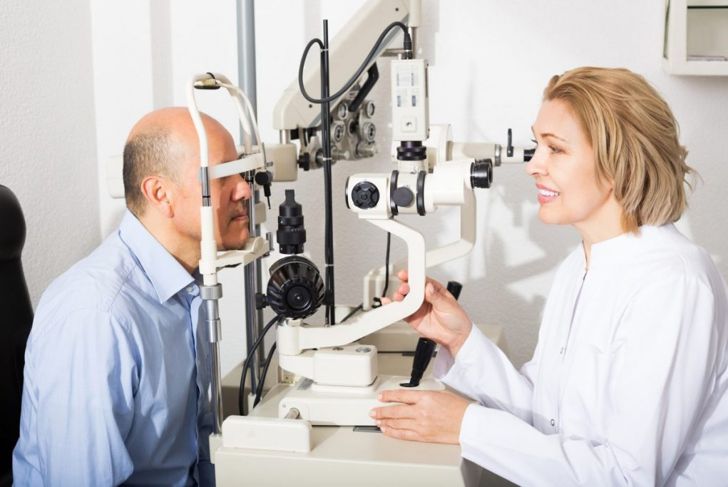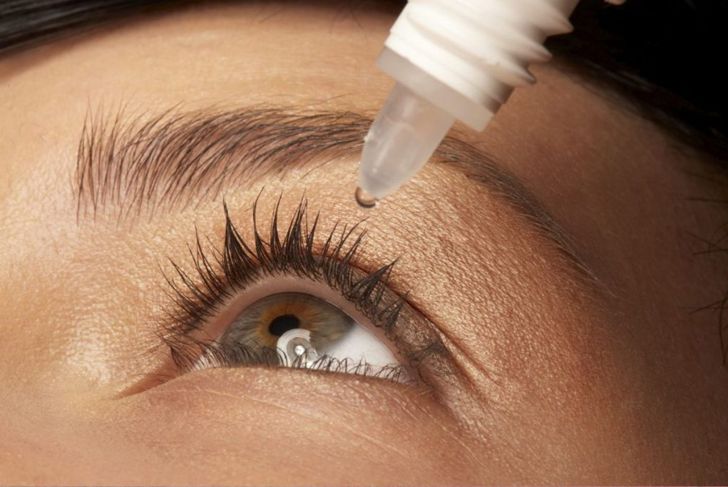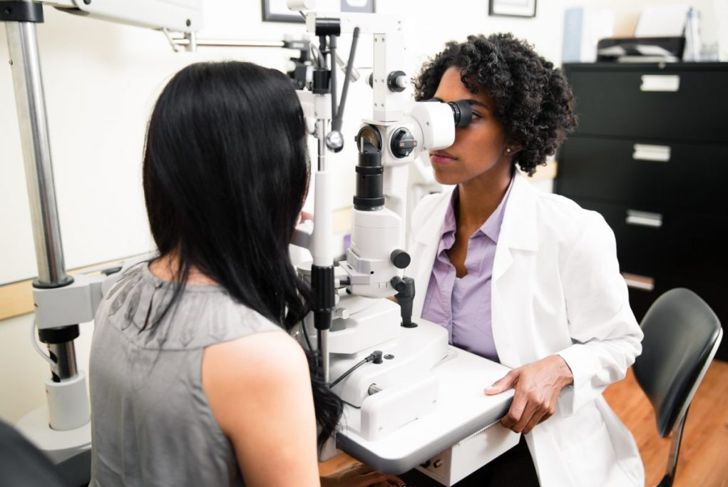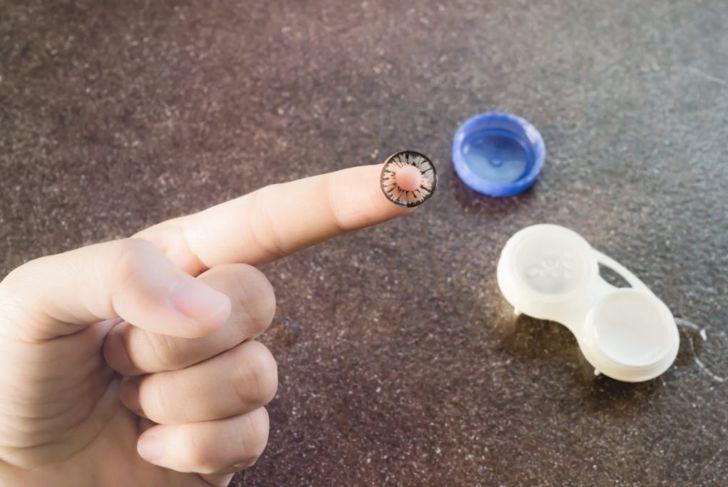A corneal ulcer is an open sore on the cornea, an often painful condition that requires medical treatment. You can think of the cornea as similar to the clear crystal that covers a watch face — a protective cover for the iris of the eye. When the cornea suffers a blemish, as in the case of corneal ulcer, the consequences can be severe. If an affected individual does not receive treatment, these blemishes can lead to blindness.
Early Symptoms of Corneal Ulcer
Eye infections are the most common cause of corneal ulcers, so many of the early symptoms are symptoms of the infection. These include itching or watering; the eye may be pink or even red and feel sensitive to light. Burning or stinging in the affected eye is also not uncommon. In some cases, people note a pus-like discharge. Fortunately, corneal ulcers are treatable.
Established Corneal Ulcer Symptoms
As the infection continues, a corneal ulcer can form, causing severe symptoms including intense pain. Many people report feeling as if there is a foreign body in their eye that they cannot dislodge. Other common symptoms of corneal ulcers include blurred vision, excessive tearing, discharge, redness, inflammation, and swollen eyelids. Should these symptoms occur, it’s important to visit an eye doctor right away. The ulcer might be too small to see with the naked eye, but under magnification, the doctor will spot it.
What Causes a Corneal Ulcer?
Viral, amoebic, and even fungal infections can cause this eye condition to occur. A common cause of infection in the eye is leaving a contact lens in too long. Injury or having a weakened immune system can also leave an individual more vulnerable to eye infections and the development of eyesores.
Less Common Causes of Corneal Ulcers
An infection may be the most common trigger for a corneal ulcer, but it is not the only cause. Extremely dry eyes can lead to a corneal ulcer. Tears are the eye’s way of cleaning itself, and dry eyes prevent this natural wash. Injury to the eye, pre-existing inflammatory disorders, and vitamin A deficiencies can also cause infection.
How Do Doctors Diagnosis a Corneal Ulcer?
An eye doctor should be able to diagnose a corneal ulcer upon examination. He will likely first employ a fluorescein eye stain by placing an orange dye on some blotting paper and apply the paper to the affected eye. Next, he will use a slit lamp to shine a violet light into the eye. Any damage to the cornea will show green under the lamplight.
Treatment of Corneal Ulcer
If the fluorescein eye stain test reveals a corneal ulcer, the patient will require specific treatment. The first step of treatment is determining the cause of the ulcer. If, as is likely, a viral, bacterial, or fungal infection is to blame, the doctor will culture some eye material to identify the exact type of infection.
Medication
Once the doctor determines the type of infection causing the ulcer, he may prescribe medicated eye drops to treat it. Antifungal, antibacterial, or antiviral medications will treat the underlying infection. The doctor may also prescribe corticosteroid eye drops to alleviate the swelling and inflammation in the eye.
Prognosis
In many cases, people recover quite well after treatment for their corneal ulcer and suffer no long-term effects. The key is to get treatment before the condition becomes so severe that it permanently affects vision. In some cases, people experience reduced vision when the ulcer and underlying infection are not treated in time.
Corneal Ulcer Complications
Severe corneal ulcers can permanently affect vision, in some cases even requiring a corneal transplant. This surgical process removes the original, damaged cornea and transplants donor tissue into the eye. Corneal transplants are generally safe, but risks can include later development of glaucoma or cataracts.
Preventing Corneal Ulcers
The key to preventing a corneal ulcer is to visit an eye doctor at the first sign of a possible eye infection. People can prevent these infections by washing the hands before touching the eyes and ensuring proper sterilization of contact lenses before use. Removing contact lenses before going to sleep will also reduce the risk of developing an eye infection.

 Home
Home Health
Health Diet & Nutrition
Diet & Nutrition Living Well
Living Well More
More




















